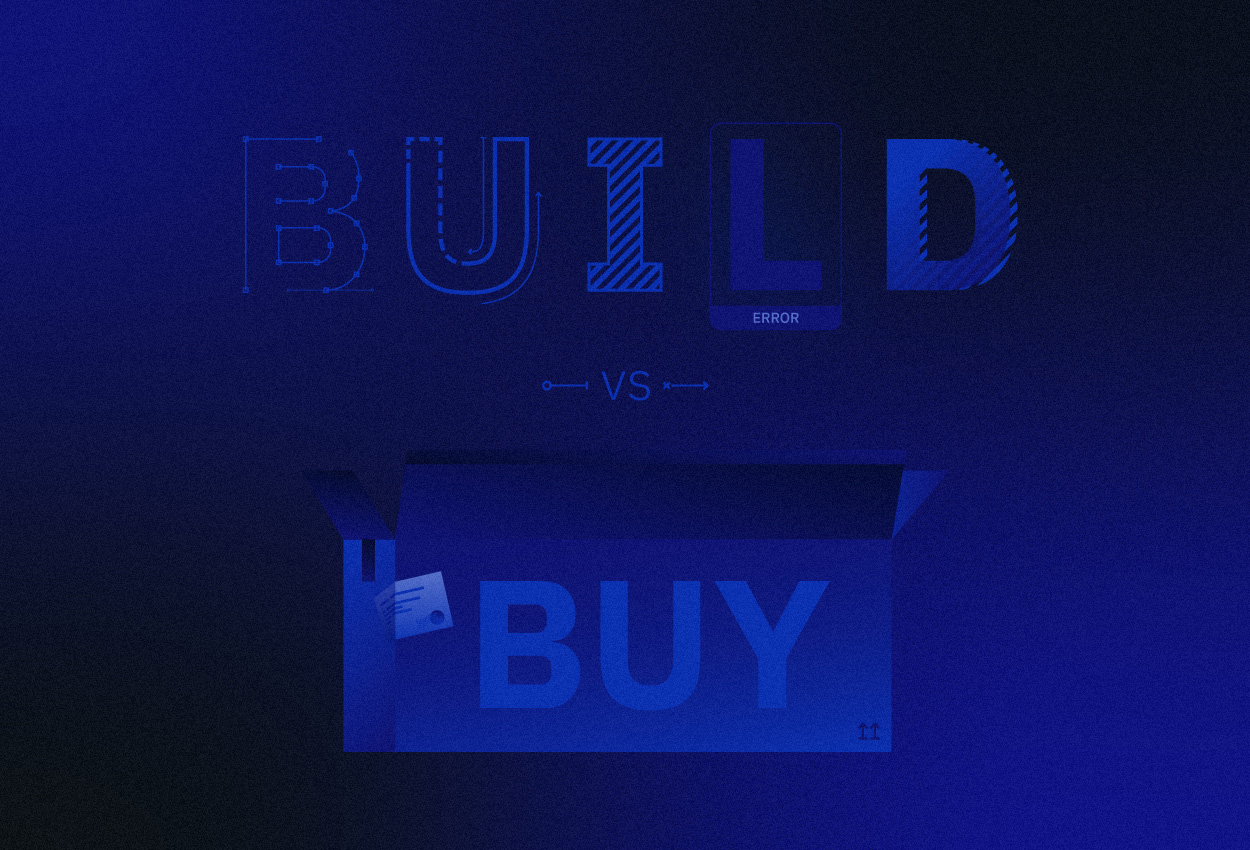Flux Federation | 25 October 2022


When it’s time to invest in new software, many organisations will weigh up the pros and cons of building a bespoke solution in-house versus buying software from an external vendor. Software often underpins critical processes and provides a competitive advantage, so understandably building your own is an alluring proposition. Furthermore, owning a software asset and its long-term roadmap means it can be developed and evolved to specifically suit your business requirements, and it doesn’t have to be shared with any other organisation.
This all sounds great. And if it were simple, every organisation would be DIY software developers. But in reality, the process to develop software is complex, time consuming, can be riddled with hidden costs, and is ongoing. Trust us on this – Flux was established when the Powershop NZ team couldn’t find the right software to power their vision for a transformational, revolutionary business model. We developed a platform to meet this need, so we intimately understand the ins and outs of taking the ‘build’ route. And of course, we have since become an independent software provider offering our future focused, retail native software on a global scale as an alternative to legacy systems, so we can also provide our lens on the ‘buy’ option too.
In our experience, there are three critical factors to consider when assessing whether to build or buy: control, cost, and continuity.
In software development, control takes more than one form. There is control of the design and functionality, which you have complete authority over when building your own versus a pre-configured out-of-the-box (OOTB) solution. While having control of the design is an attractive option, it is still worth exploring if there is an OOTB solution that meets all your needs (and probably more) that you can simply buy and deploy. Just be sure to conduct thorough due diligence to ensure your business problem is being adequately solved before you sign on the dotted line.
Next is control of change because with any technology, the key to optimal performance is constant development and updates. If your organisation builds its own software, your team needs to be responsible for updates and evolving it in step with the business needs. This will require a change management process geared to respond to internal requests and external regulatory changes. Either way, you will need to resource accordingly. When you buy, updates and upgrades should be part of your license agreement and will likely have configurable settings to enable changes to happen without developer involvement.
The third is control of incidents – what happens if something breaks, or changes made within another system impact the software? Service contracts are generally included as part of a purchased solution and provide a safety net for any issues. When you build it yourself, you need to have the safety net built into your internal capability.
No matter how good you are at planning or how robust your scoping is, you will have more cost certainty when you buy. Provided you get clarity from your vendor during the procurement process about any add-ons, additional development, and ongoing maintenance costs, the figure you are quoted is the figure you will pay. If you build, you’ll have a range of variable costs to factor:
Once the tech has been built, it needs to go into a continuity programme. If you are building in-house, there are several facets to manage:
Of course, this depends on a number of factors and the unique requirements of your organisation. However, as a software vendor, we are yet to encounter a retail business that we were unable to meet the majority of requirements with our OOTB solution. In our experience, what most organisations need is the right software partner that can provide the right mix of OOTB functionality and configuration to extend and flex the product to meet their needs and, importantly, ensure individual business advantage is maintained.
One of the key questions to ask when considering whether to build or buy is ‘how soon do we need the solution?’ One clear advantage of buying OOTB is that you’ll have the solution deployed significantly faster than you would building from scratch. And we’re talking fully integrated into the client’s current system and configured to cater to their individual meter data and tariffs. One piece of advice for buying is to ensure you understand the vendor’s approach to growth and partnership and how they prioritise change requests and support.
Our final thought is that when you buy, you are outsourcing the least attractive tasks, such as security, compliance, and bug fixes. Often these things require specialist expertise and skills, which you may not have in-house, but a vendor will. By outsourcing, you are freeing up resource and head space to focus on the things that will move the needle, such as product development and process improvements.
But don’t just take our word for it. The team at Adobe also shared their thoughts on build vs buy including detailed insight into control, cost, continuity and maintenance.
Flux’s comprehensive retail platform supports all customer segments, from residential to C&I to fuels (electric and gas). It has even been extended to support a number of white-labelled retail businesses in multiple international markets. What’s more, being retail native, we understand the critical nature of billing accuracy and timeliness. In Flexibill, billing data is calculated immediately on receipt of usage data, reducing the pressure of single day billing runs. To date, we have achieved 100% calculation accuracy for C&I connections.
To find out more about how Flux’s highly configurable software can support your operations and give you a competitive edge, speak to our team today.

Sign up for the latest updates in technology, changes, regulations, and new energy products from Flux.